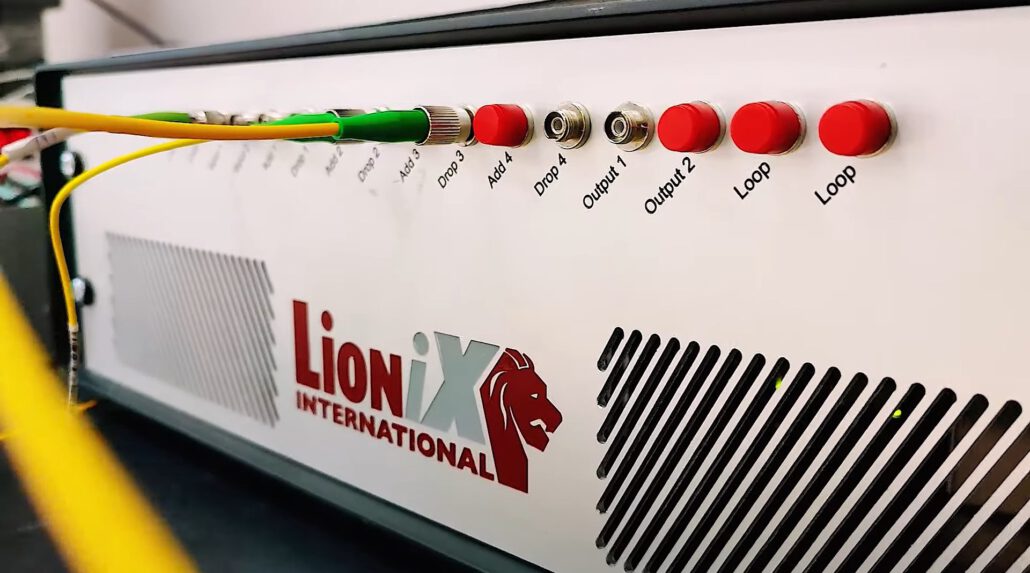Wireless 4K Video Streaming at a Football Stadium
The latest results from the 5G-PHOS project show great promise for hotspot network services
If you have ever tried to use your phone in a central train station, airport, shopping mall, or multiplex theater, you are familiar with the motivation for the 5G-PHOS project. The bigger the crowd at one location, the harder it is to provide quality service to each client. This universal issue presents unique challenges to network infrastructure, where hotspots of communication devices can move around and reappear in different sections of a large area. A responsive network must be able to respond to high demand in one area by relocating its resources quickly and automatically. With larger data rates for each device ballooning continuously, new infrastructure is required to address this demand with future-proof methods.
5G FiWi Networks
The 5G-PHOS project was a four-year effort coordinated by the Aristotle University of Thessaloniki and funded by European Commission to address this demand. The project aimed at the convergence and deployment of novel Fiber-Wireless (FiWi) technologies to enable the provision of high bandwidth tele/datacom services. The project involved a large consortium of academic and industrial partners, of which LioniX International was the low loss silicon nitride integrated photonics expert. The project developed three different prototypes for the demonstration of various aspects of service provision, tested at Torino, Athens, and Thessaloniki. The latest results, published in the Journal of Lightwave Technology, were acquired during the testing of the last demonstrator, which is the first of its kind.
The demonstrator provided 4K video streaming using an analog FiWi network with the capacity to reroute its resources based on shifting demand. The novel technologies deployed in the demonstrator included two separate millimeter wave (mmWave) phased array antennae and a TriPleX®-based reconfigurable optical add-drop multiplexer (ROADM). The antennae directed optical beams towards the devices requesting data, while the ROADM shifted the optical signal to the antennae based on the commands of a remote software-defined network controller. The network was able to deliver up to 100 GHz throughput, while the wireless transmission achieved 60 GHz. From end to end, the measured latency was less than 260 µs and packet loss was less than 0.0054%.
The benchtop solution developed by LioniX International, including the ROADM photonic IC and its ancillary components.
PIC-Based Ultra-Low Loss ROADM
Our role in the project involved the design and development of the four-port ROADM, which is schematically deployed at the base of various lamp posts around the PAOK Stadium, where the demonstrator was tested. The ROADM contains cascaded Mach-Zehnder interferometers interconnected with tunable directional couplers, all integrated on our ultra-low loss silicon nitride platform, TriPleX®. It was designed to handle up to four wavelengths with 100 GHz channel spacing. The photonic integrated circuit (PIC) was able to route real-time traffic between the two mmWave antennae with only 2.5 dB losses from input to output. The PIC was delivered to our Greek partners pre-packaged in a benchtop module, which included driving electronics, thermal management, and edge-coupled optical interfaces with a strain-relieved fiber array. When tested, the module was able to drop FiWi links to four 60 GHz antennae.
The PIC deployed in 5G-PHOS is an example of the optical beamformers we have designed and deployed for different communication purposes in other projects, such as TERAWAY, SPRINTER, and SpaceBeam. We look forward to similar groundbreaking results from those collaborations! For more on Project 5G-PHOS, feel free to follow the following resources.

LioniX International’s marketing & communications director, Sadoon graduated with an MSc in Nanotechnology from the University of Twente. When not at an exhibition or meeting industry partners, he can be seen around the offices with a silly hat on.



